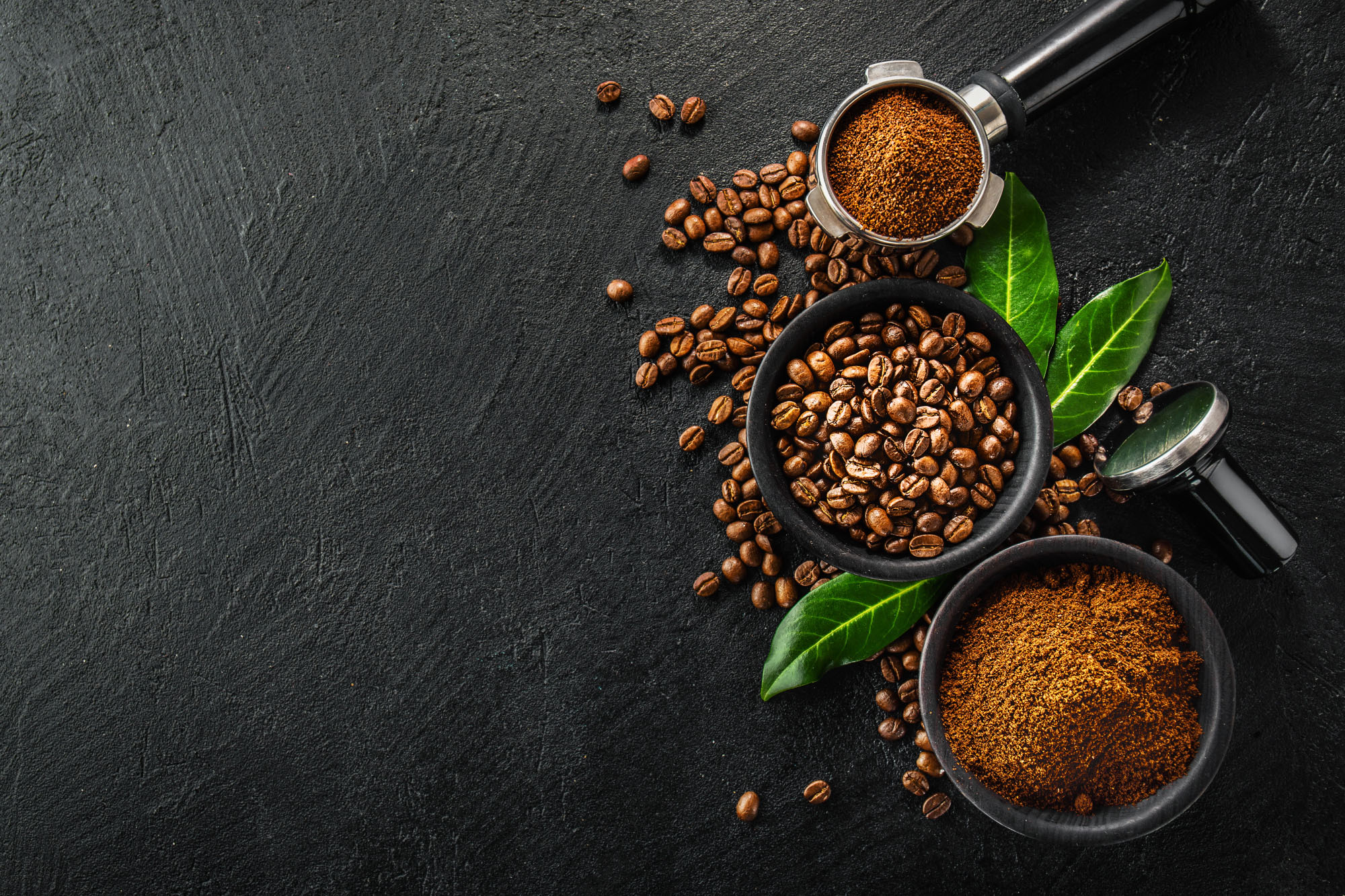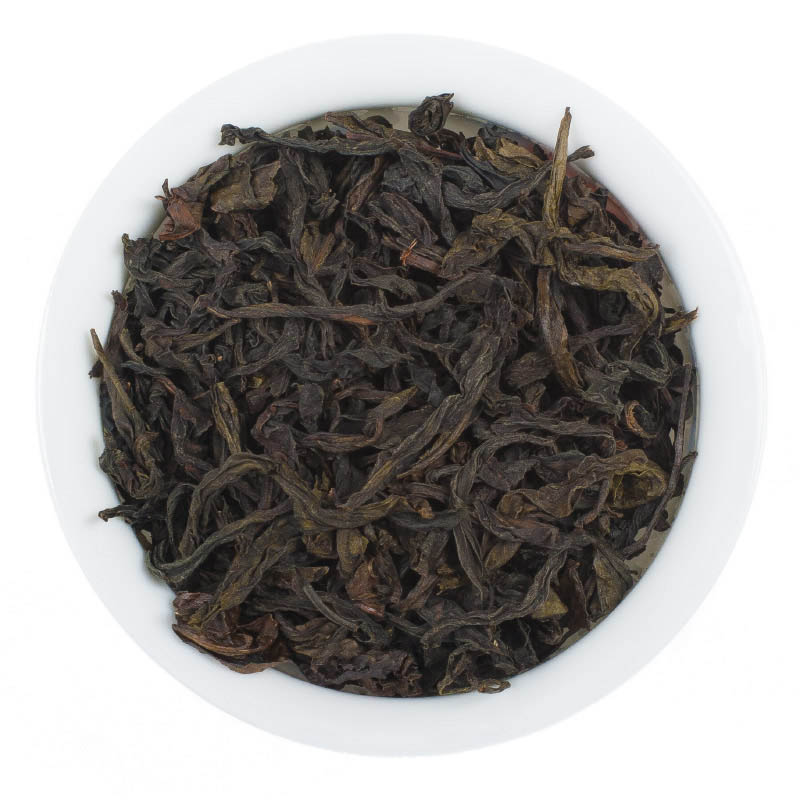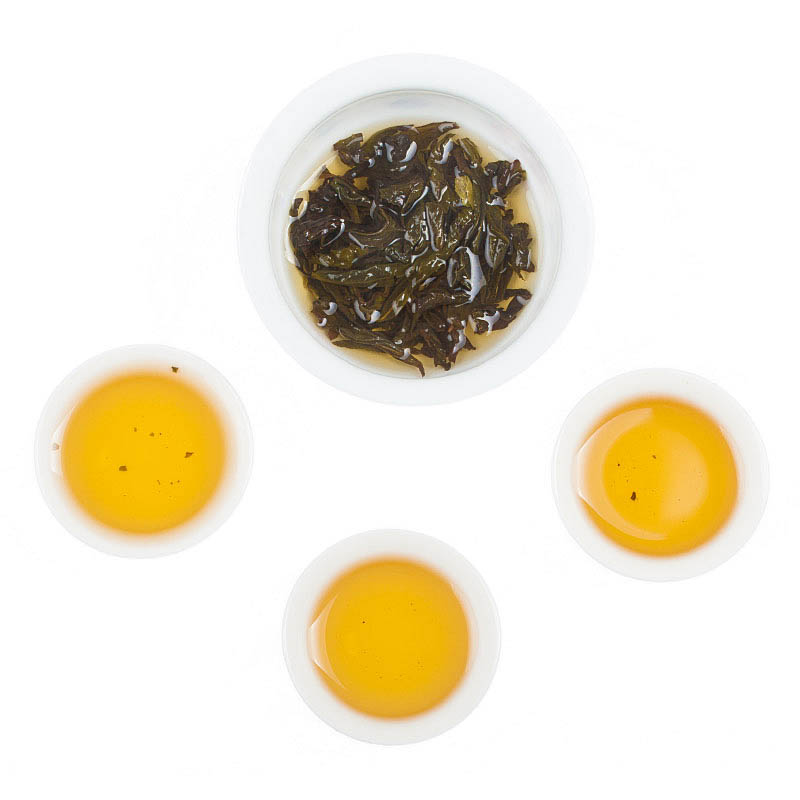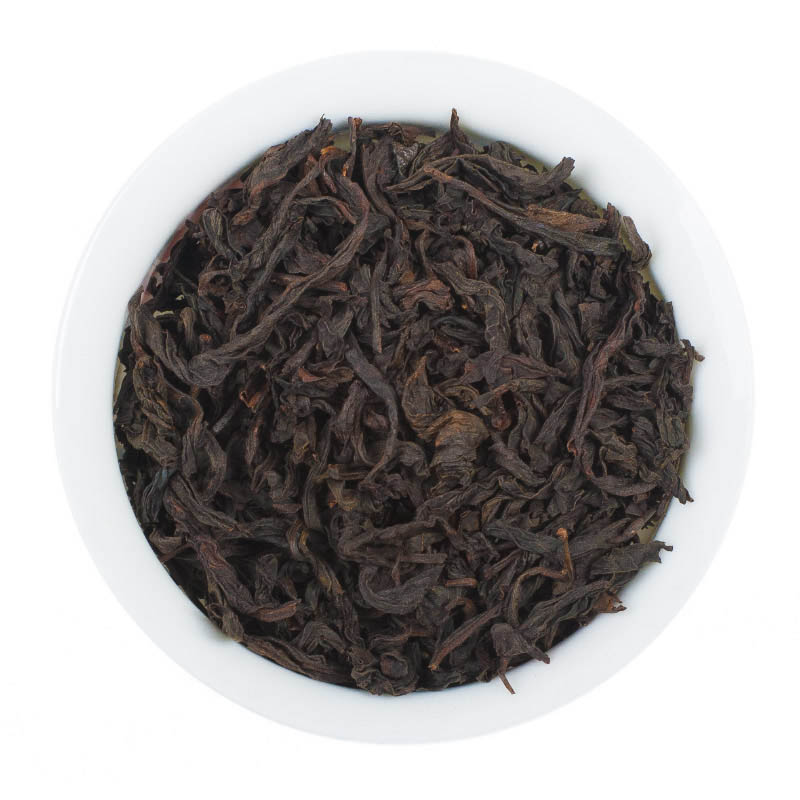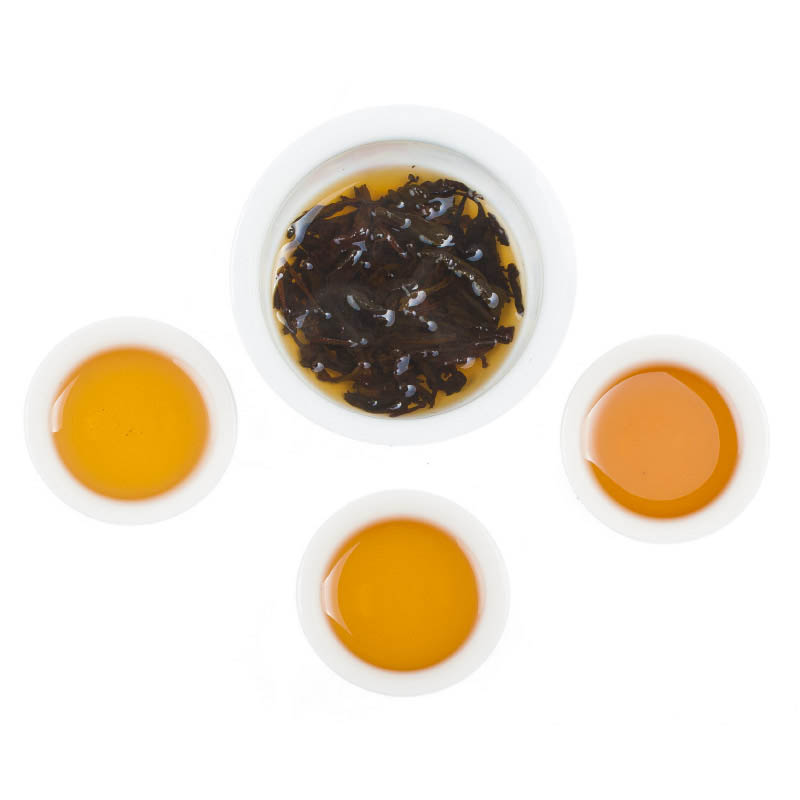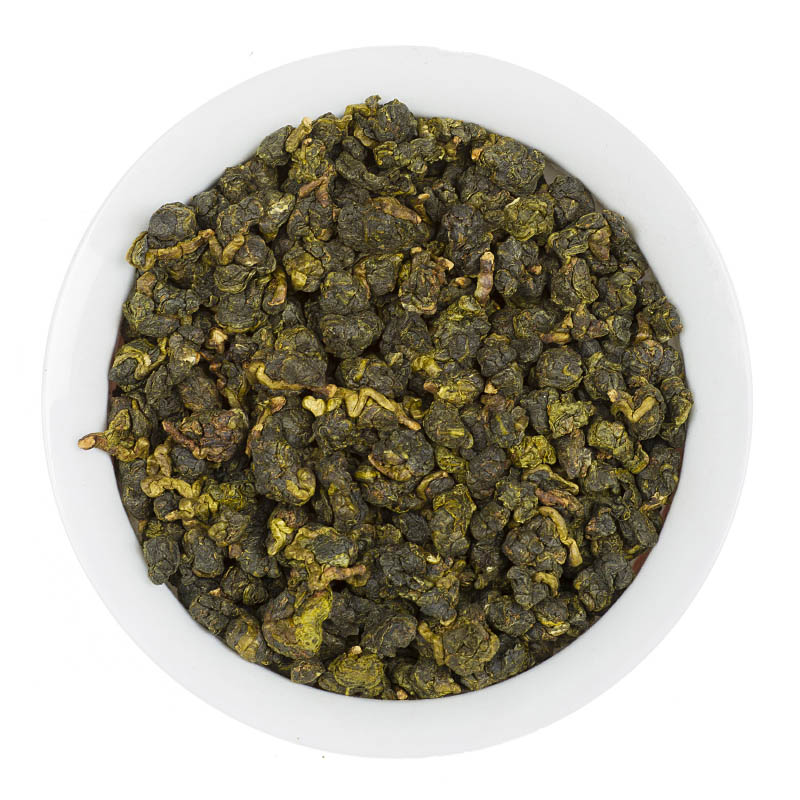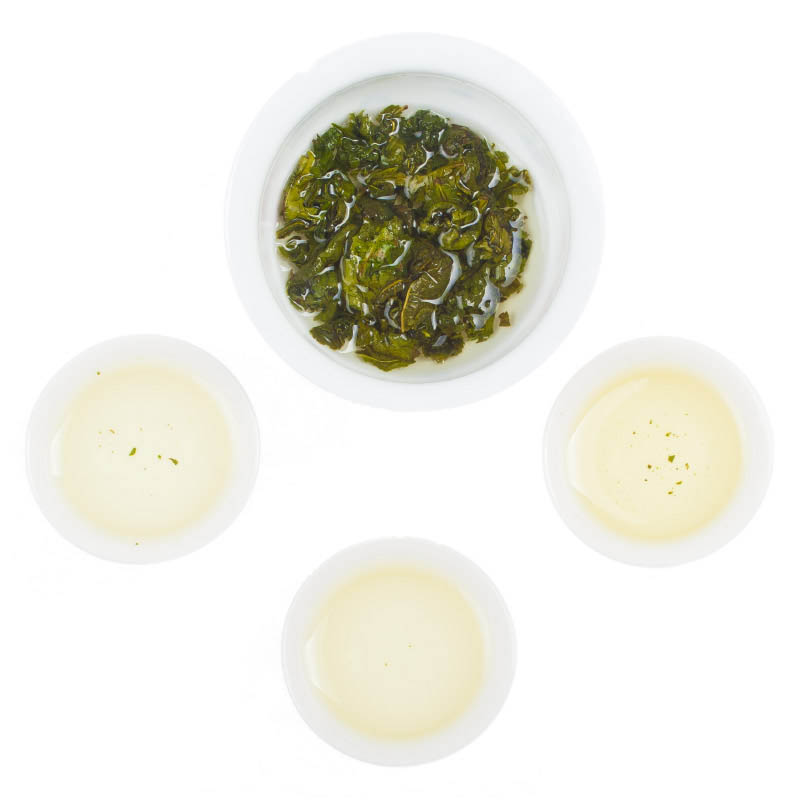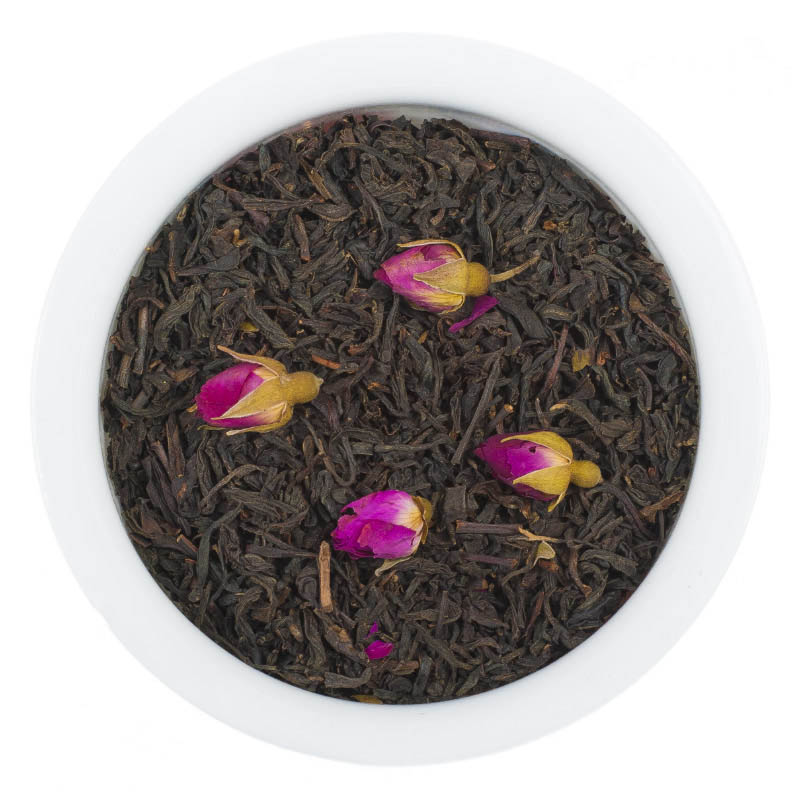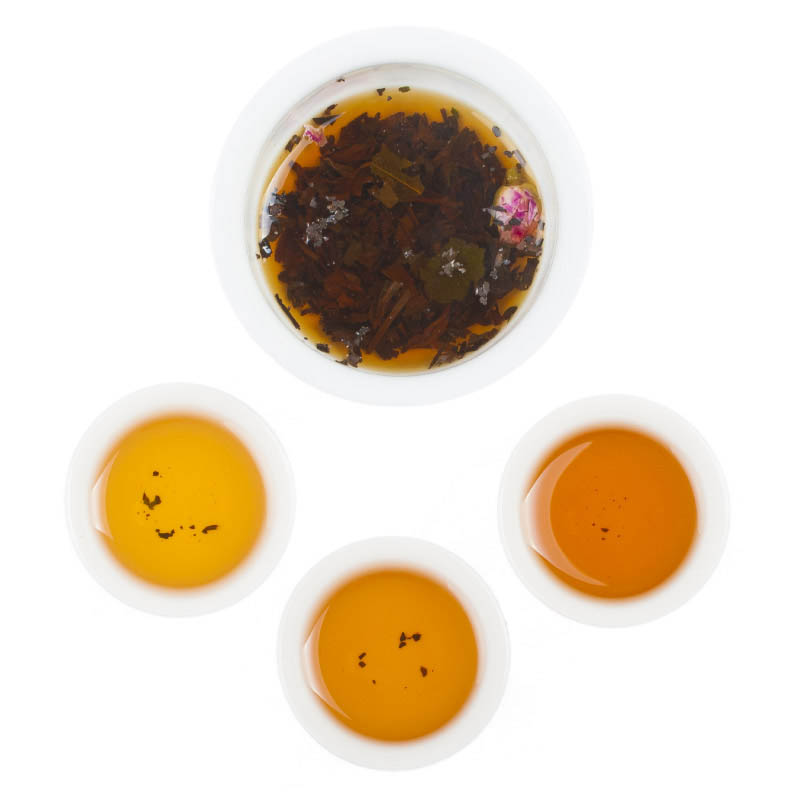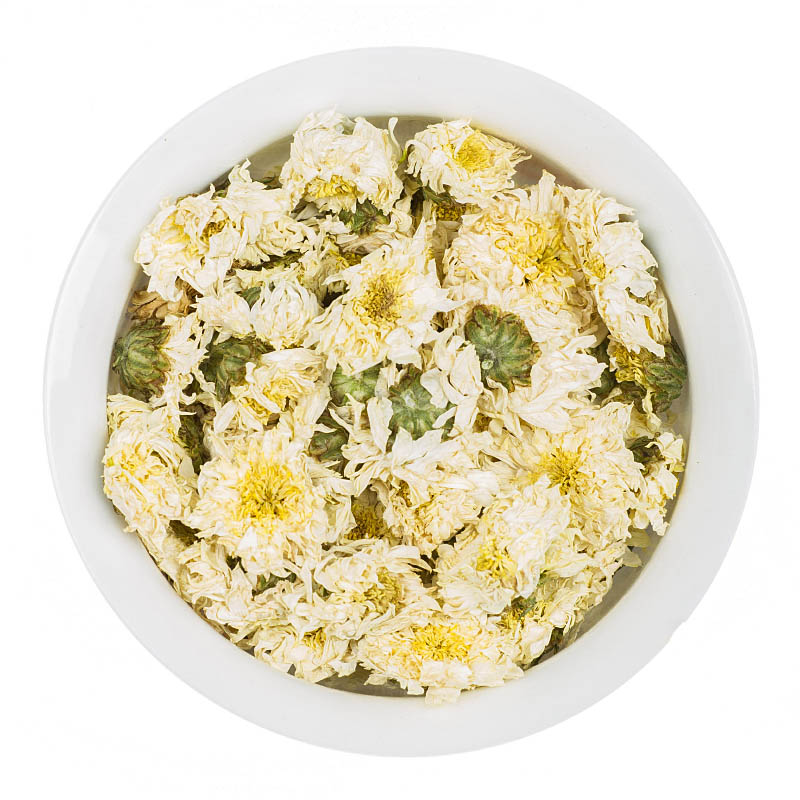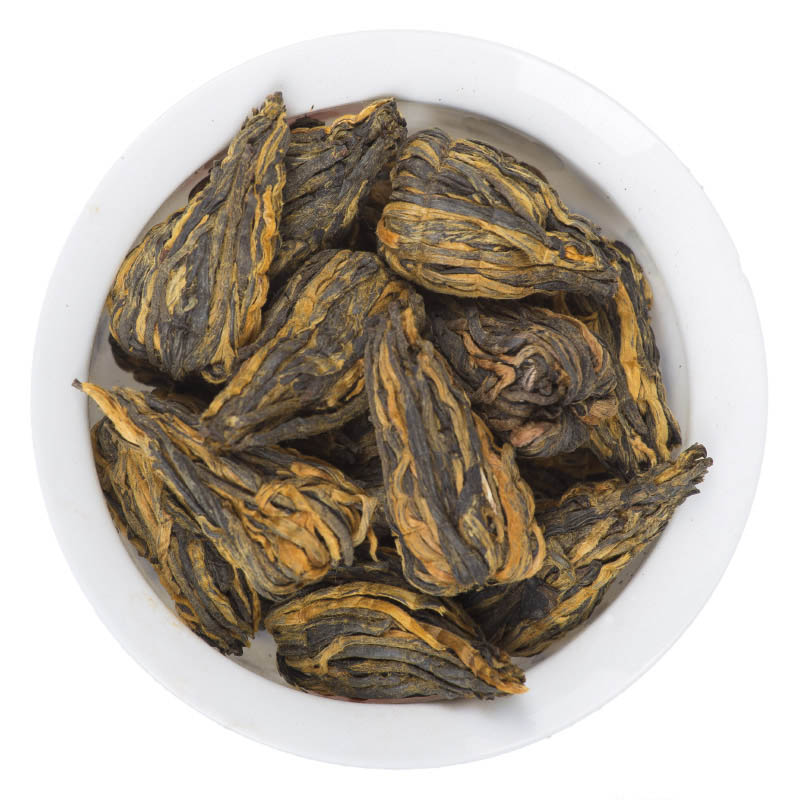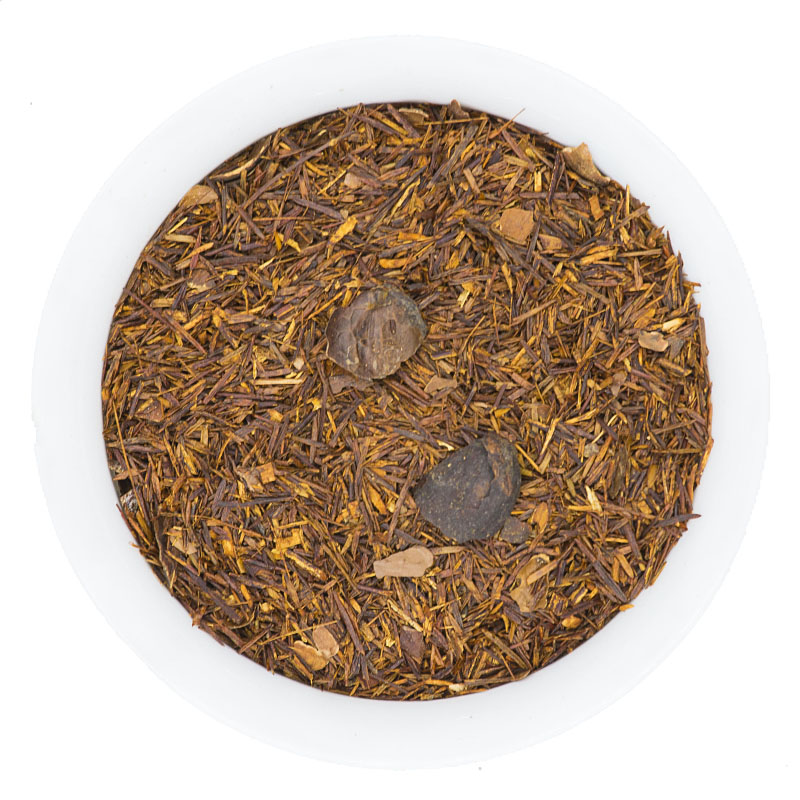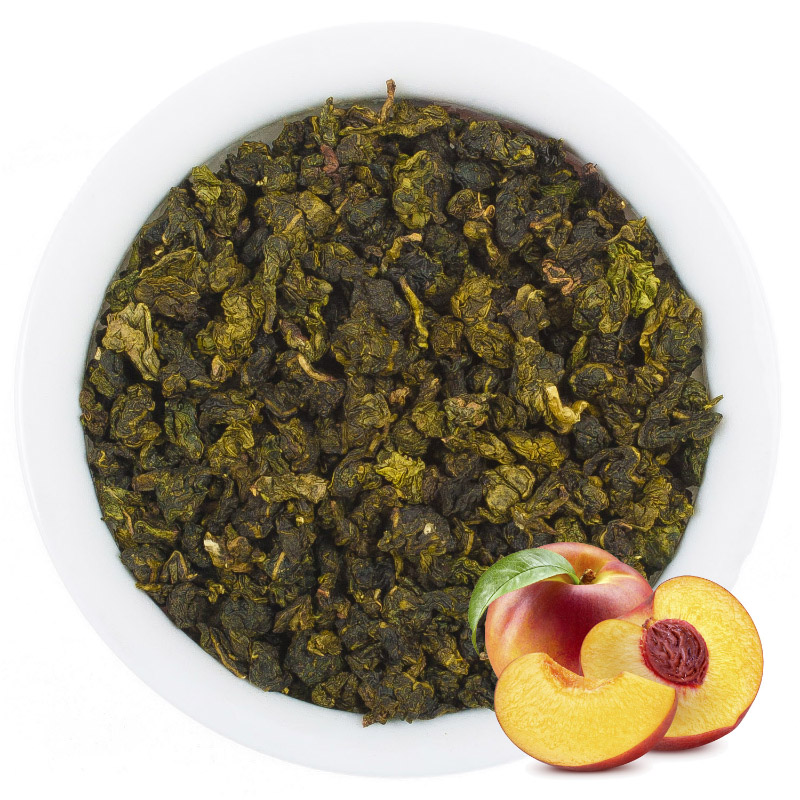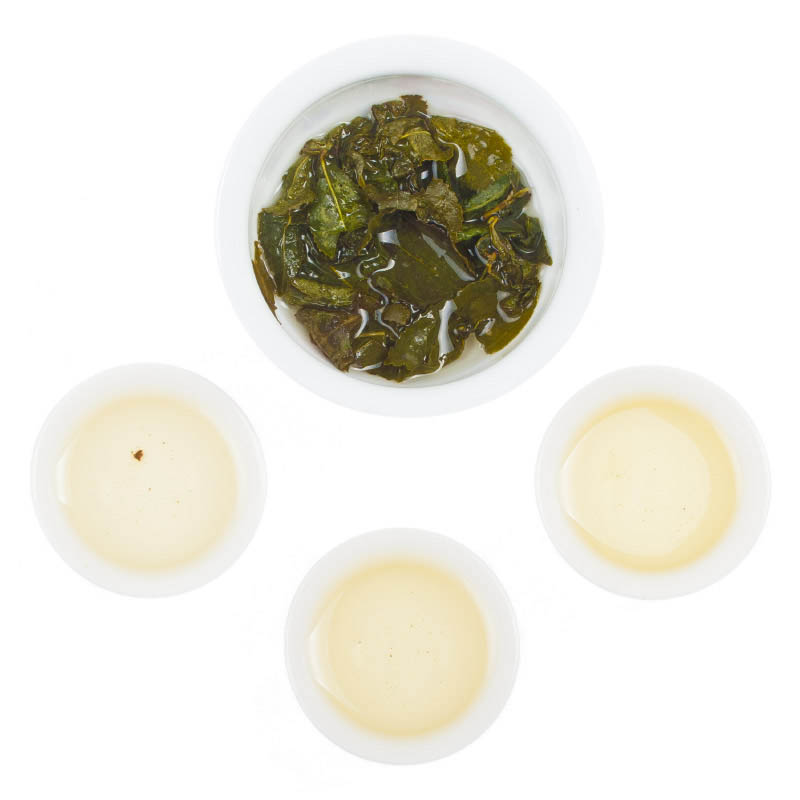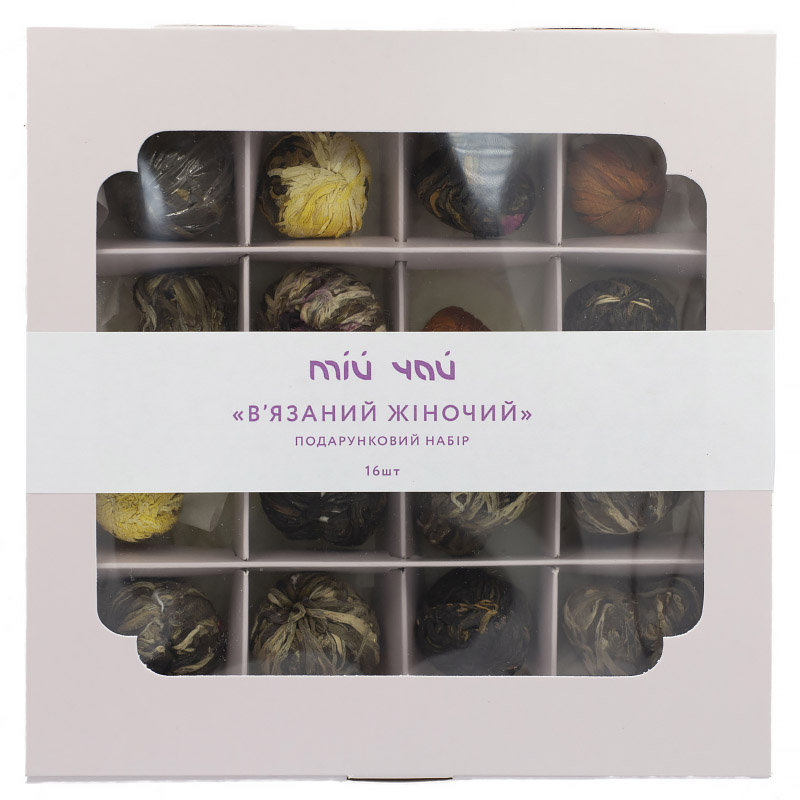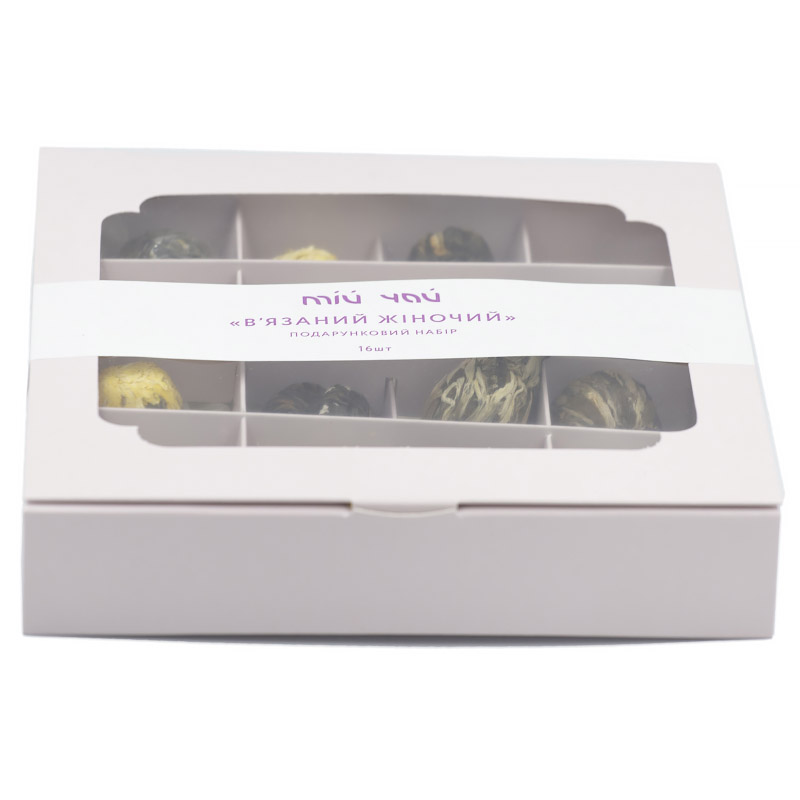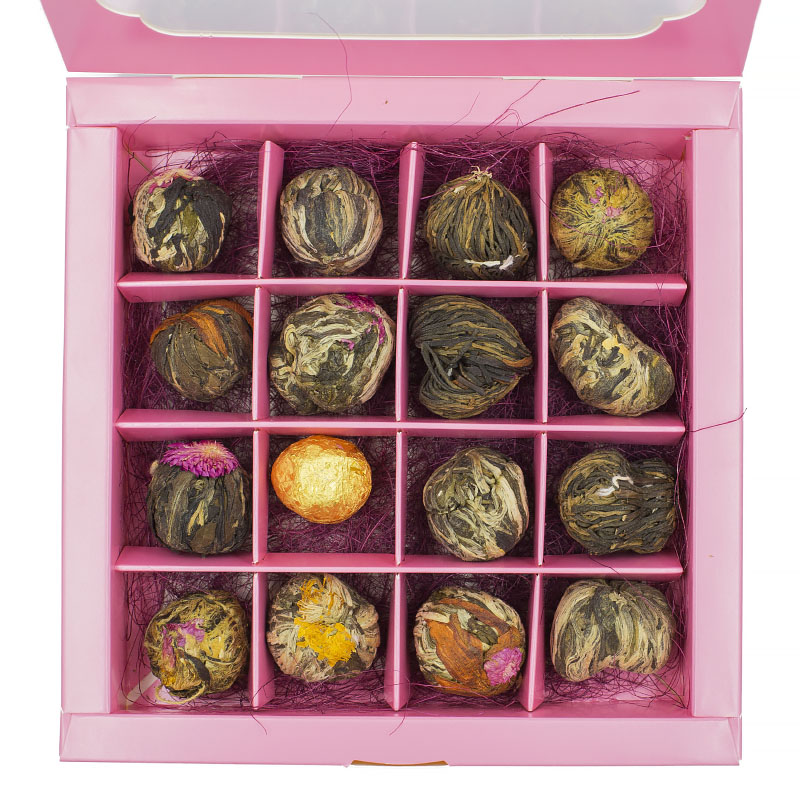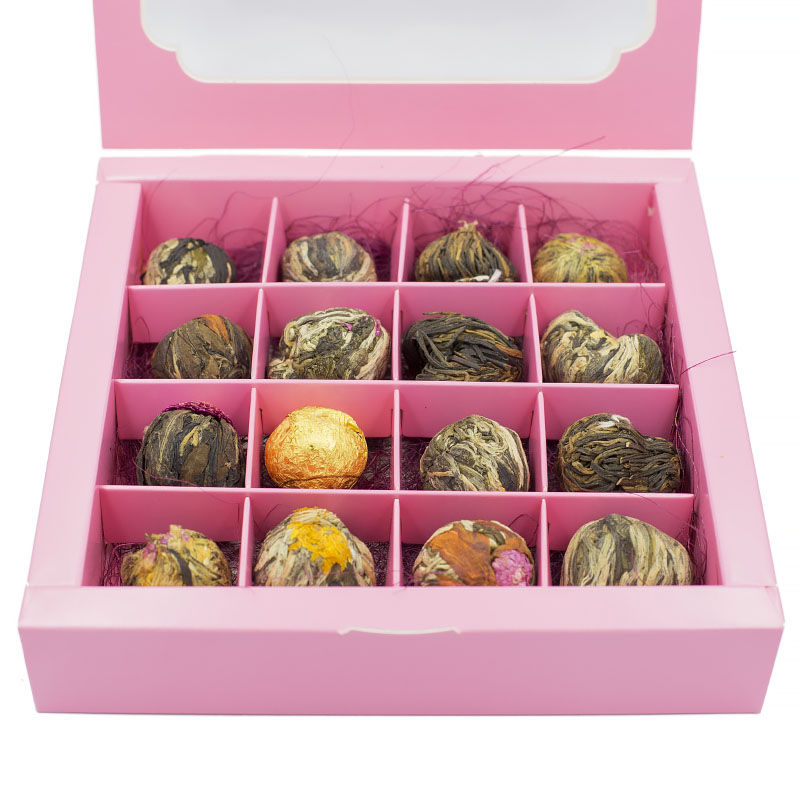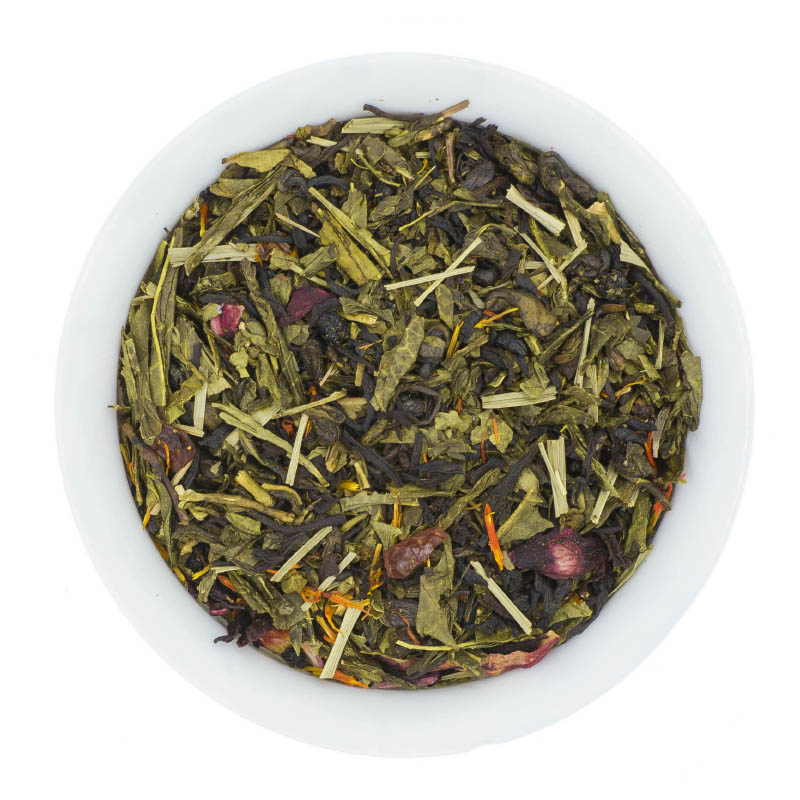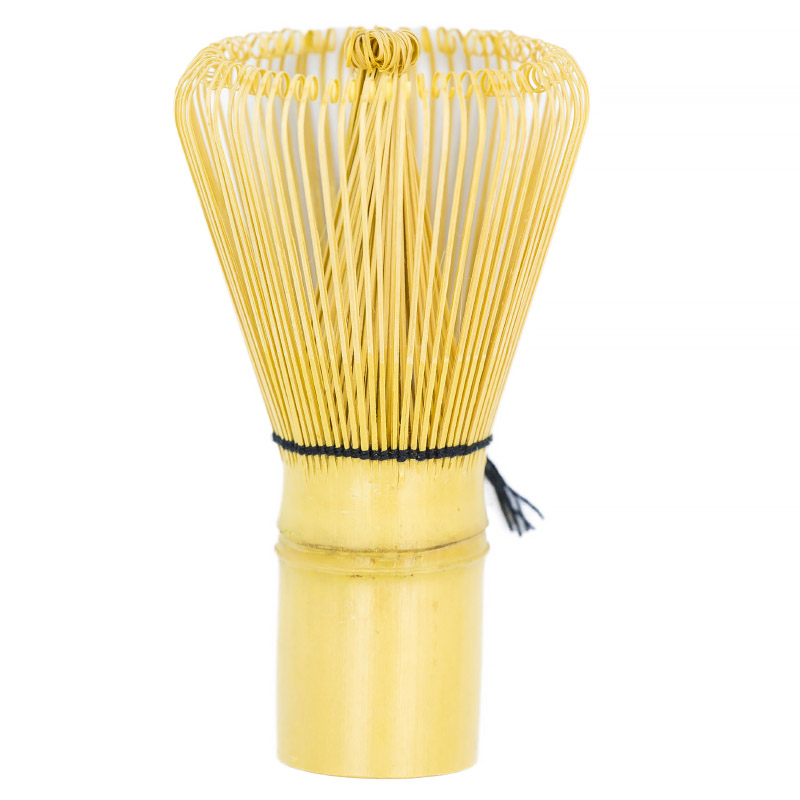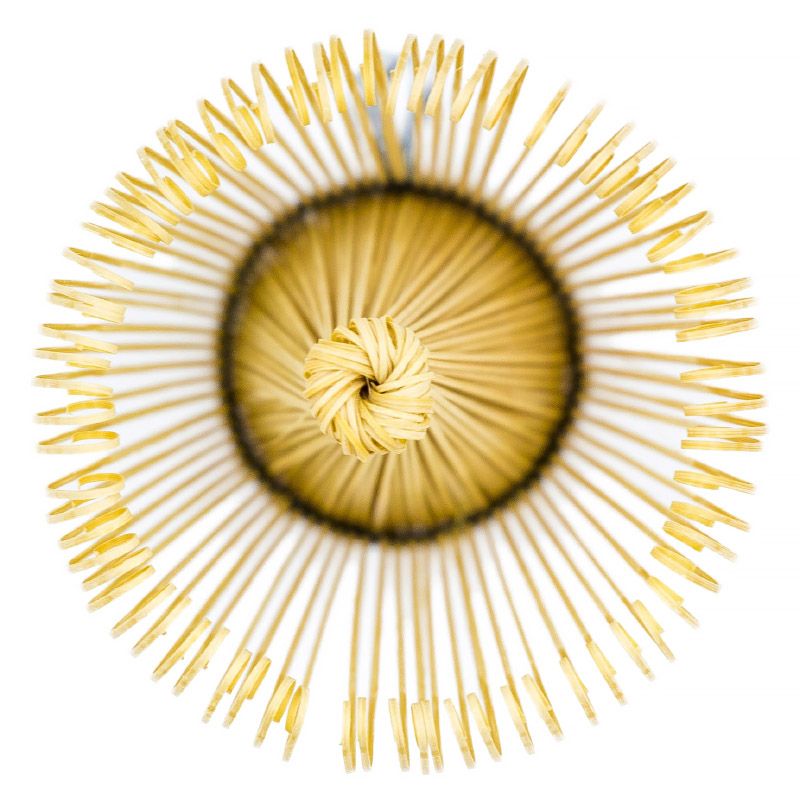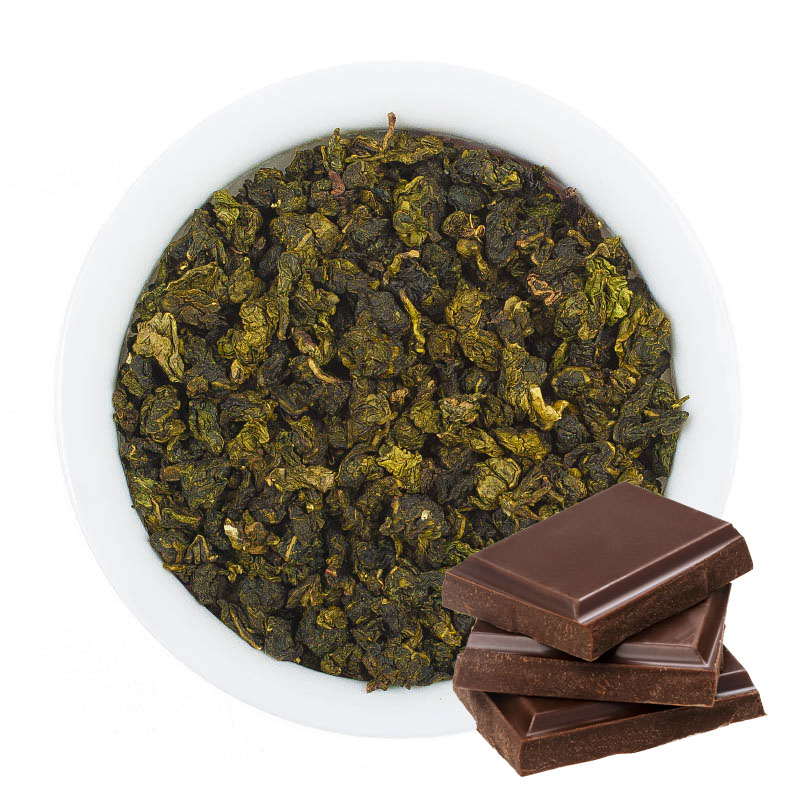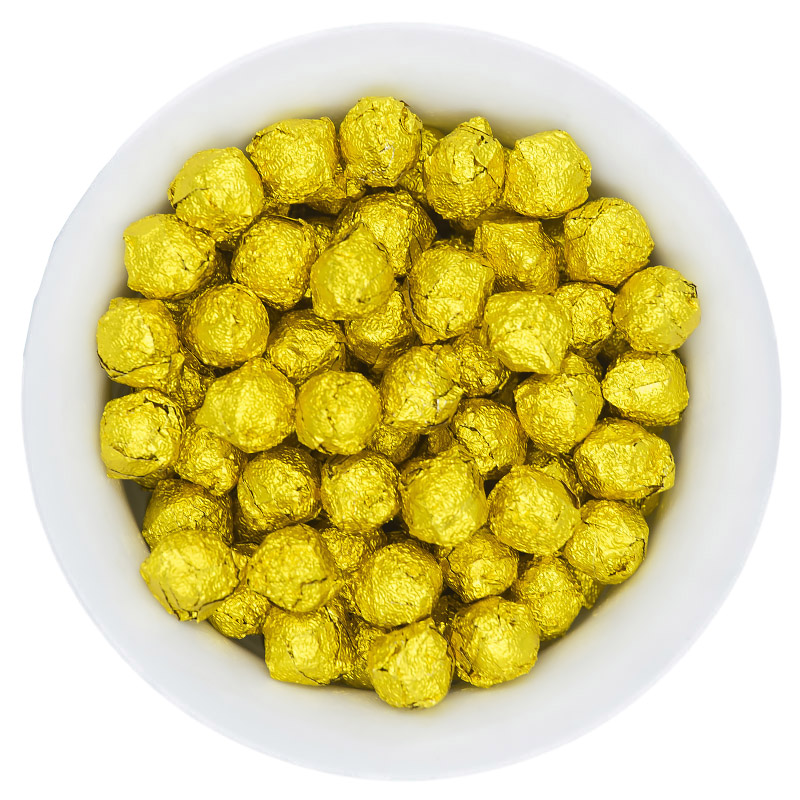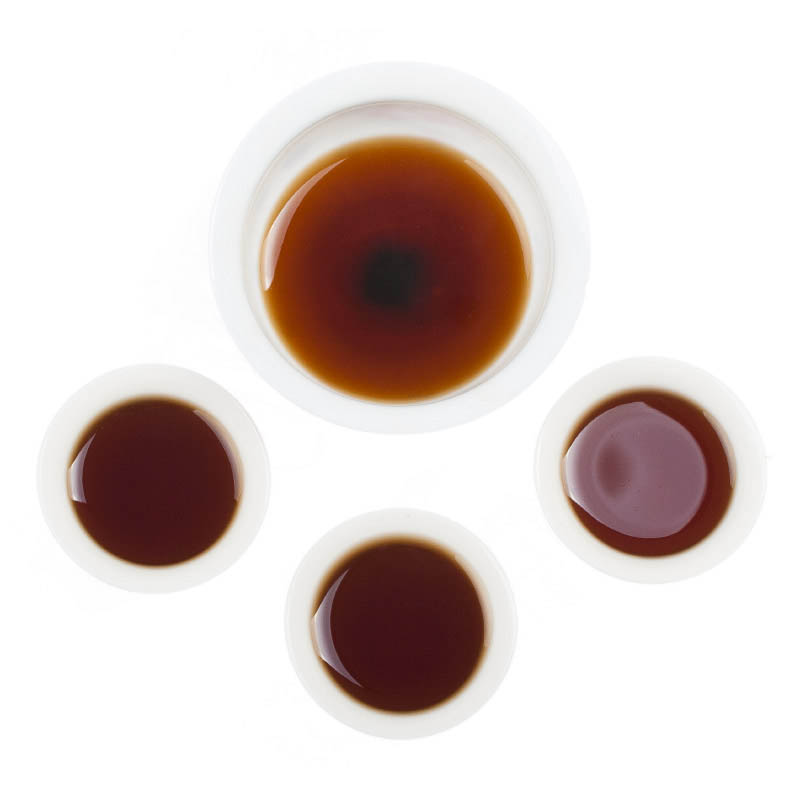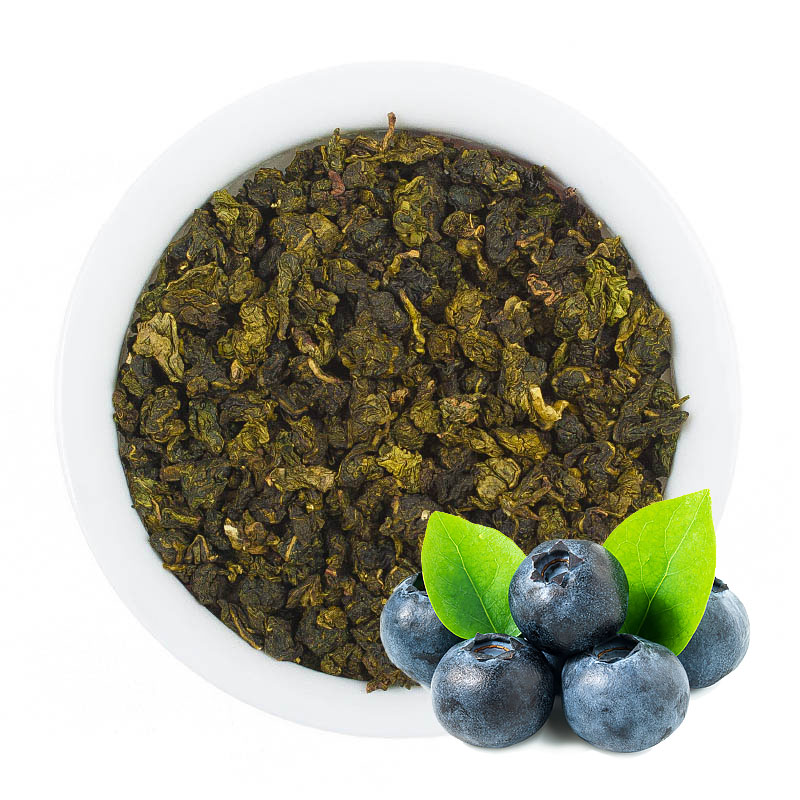Contents
- History of Coffee
- Benefits and Harms of Coffee
- Coffee Varieties
Coffee is a fragrant, invigorating drink firmly ingrained in our daily lives. And few people don’t know that coffee is also the name of a genus of evergreen plants producing beans that humans use for pleasure. Considering that caffeine is a mild drug entering the body with each cup of coffee, debates about the benefits and harms of the drink have continued for many years.
History of Coffee
Long ago, people noticed an interesting effect of consuming coffee. Herbivores grazing in areas where these plants grew became very active after eating the leaves, and this effect lasted quite long. Locals eventually tried the effect of coffee on themselves.
In Arabia, the first coffee plantation appeared in the 15th century, and at the beginning of the 16th century, the drink reached France and Italy, where coffee houses started to open. Then coffee spread triumphantly across Europe and finally reached Russia. Peter the Great, who loved coffee, introduced it at his assemblies, and by royal decree, the drink became widespread throughout the country.
Benefits and Harms of Coffee
People drink coffee in many ways: pure and bitter without additives, with milk or cream, with or without sugar. But everyone knows the effects coffee has on the body. It:
- Energizes. Caffeine is a psychostimulant that suppresses the hormone adenosine, which decreases alertness and causes drowsiness. Besides awakening, coffee stimulates memory, brain function, and boosts the body's performance because an alert brain signals all organs to wake up.
- Reduces pain sensitivity. This refers to pain after intense physical training. The pain-relieving effects of caffeine are still being studied.
- Helps fight depression. It affects dopamine production, the hormone linked with pleasure. Hence, coffee lovers fend off the blues.
- Serves as a source of antioxidants that slow aging.
- Reduces the risk of cirrhosis by nearly 70% and prevents gallstone formation.
- Prevents development of diabetes, Alzheimer’s, and Parkinson’s diseases.
- Inhibits cancer cell growth.
- Coffee may protect against heart failure. The key phrase here is "moderate consumption," meaning no more than 2 cups per day.
Apart from caffeine and antioxidants, coffee contains beneficial substances such as B vitamins, potassium, and manganese.
However, coffee can also cause harm by affecting some body functions and promoting certain pathologies, though these side effects are rare and mostly arise with excessive consumption. The main downside of coffee is insomnia. If sleep worsens, one might need to temporarily give up their favorite beverage.
Coffee Varieties
Coffee trees are grown in over 80 countries, with South America leading in supplies, followed by Brazil, Colombia, Indonesia, Vietnam, Ethiopia, Honduras, and then Europe. Coffee is classified by various criteria:
- By tree type;
- By bean type;
- By quality;
- By processing method;
- By freshness and strength;
There are many varieties—at least 90–100—but most are hard to buy. The market leaders are Arabica and Robusta, which make up 98% of all supplies. Arabica accounts for 70%. Its beans are elongated and smooth, requiring only light roasting to reveal their flavor and aroma. Robusta is a less refined drink with more caffeine than Arabica and is often used in espresso blends for its quality crema.
In addition to these two, other well-known and popular varieties include:
- Bourbon Santos from Brazil, noted for its oily texture, slight acidity, and aromas of nuts and chocolate with a hint of orange peel.
- Maragogipe, featuring large beans nearly three times the size of regular ones, with a complex taste.
- Costa Rica, a strong, elite coffee with a spicy aroma.
- Maracaibo, with a taste reminiscent of dry wine and a grape aroma that compensates for its lower quality.
- Decaf – coffee without caffeine, achieved through steaming, solvents, charcoal, etc.
- Supremo – premium coffee. Only beans at least 7 mm long are selected, resulting in a beverage with a pronounced chocolate flavor and an aftertaste of apple and almond.
- Medellín and Excelso from Colombia, among others.
It is practically impossible to list all varieties. Each has its characteristics and devoted fans who know where to order their preferred coffee. A good coffee can be found in any specialized store, including online shops offering various types of ground coffee ready for brewing as well as roasted whole beans.
